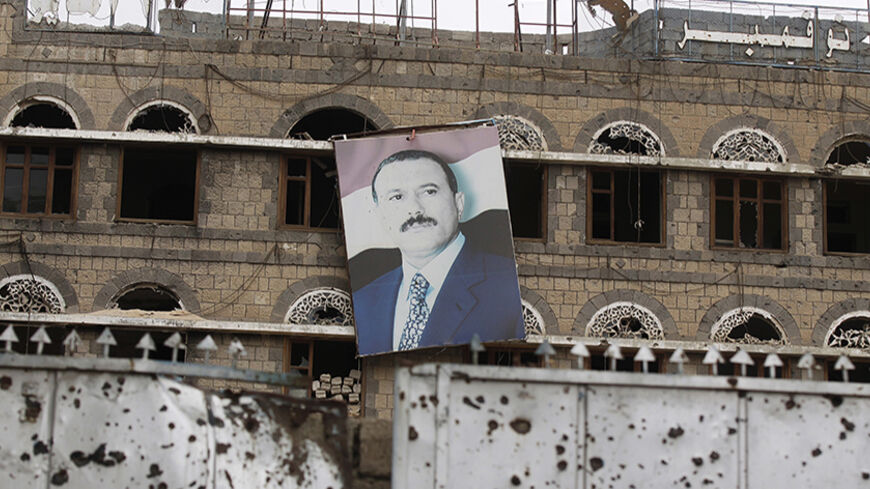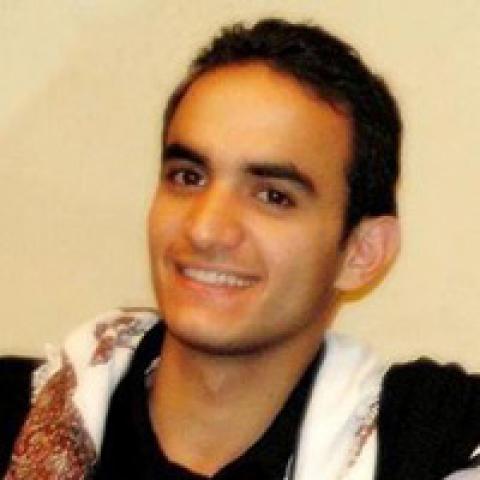At a May 19 press conference in Washington, US President Barack Obama had expressed concerns about the deteriorating situation in Iraq and the Islamic State's (IS) control over Iraqi cities. As a solution to that political and security crisis, he suggested the possibility of what has become known as the Yemen model, which stems from the transition of power from President Ali Abdullah Saleh to his deputy, Abed Rabbo Mansour Hadi. The process also included a plan to restructure the army, launch an inclusive national dialogue and for all participating parties to put down their weapons.
Obama is not the only one to praise the Yemen model, which is laid out in the road map of the Gulf Initiative. In discussions with Al-Monitor, various diplomats and international envoys have also praised this model of international intervention in Yemen, an Arab Spring country. In fact, however, the Yemen model about which Obama and international reports speak — a model efficient at both the security and political levels — has nothing to do with the current reality.



